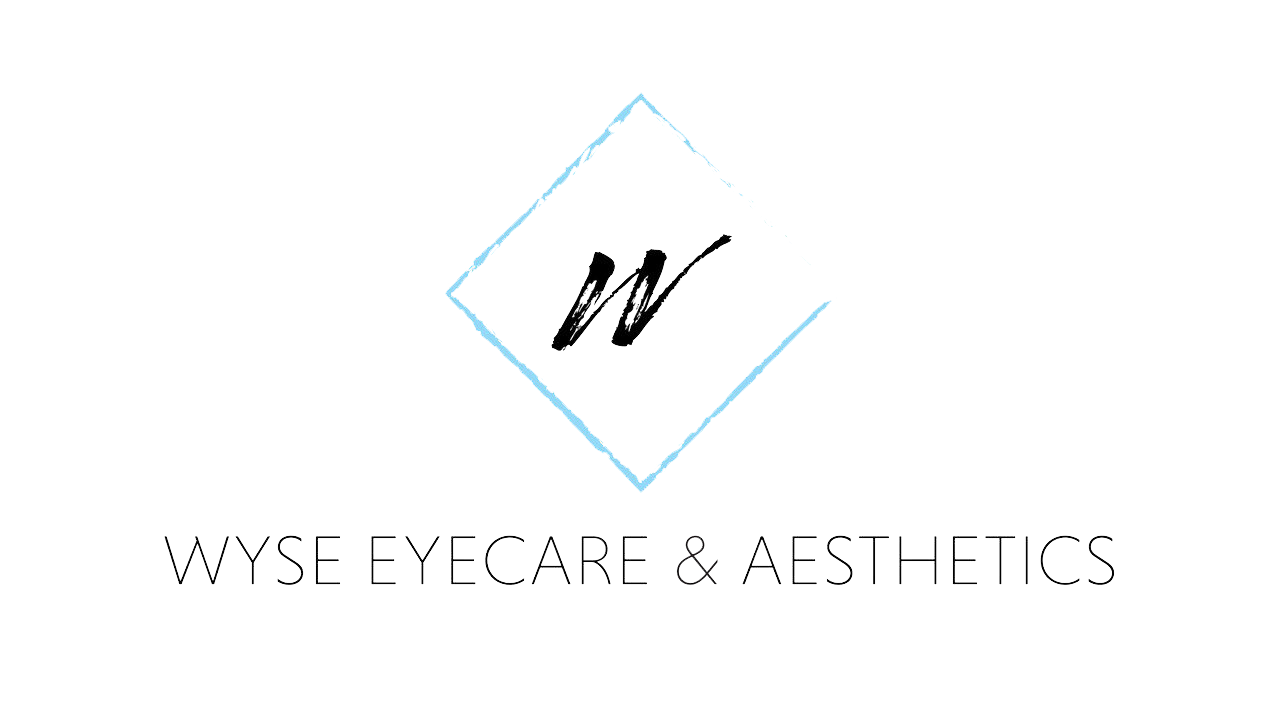Pseudoexfoliation and Pseudoexfoliative Glaucoma
Pseudoexfoliation is a relatively common condition of the eye that increases the risk of developing glaucoma. Flaky deposits develop on the surface of the natural lens inside the eye and can clog the internal drainage apparatus of the eye. Clogging of this drain can cause fluid pressure to build up in the eye which can result in glaucoma. Glaucoma is a condition where pressure causes damage to the optic nerve and can result in permanent vision loss. Importantly, pressure does not have to be higher than normal for glaucoma to exist, as some people have fragile optic nerves that are damaged by normal pressure. This is why a complete exam with evaluation of the optic nerve is so important.
Pseudoexfoliation becomes more common with age. Though it often starts in one eye, with time it is often noted in both eyes. Patients with pseudoexfoliation need to be followed at least once per year to look for signs of glaucoma. If glaucoma is diagnosed early, it is very treatable, usually with eye drops or laser. Early detection is important, however, to prevent irreversible vision loss.
Evaluation for glaucoma starts with a check of the eye pressure and examination of the optic nerve. If the eye pressure is elevated or the nerve is suspicious, further testing is indicated. These tests may include evaluation of the peripheral (side) vision, corneal thickness, and a computerized nerve analysis. These are only done if the eye pressure or optic nerve are suspicious. This testing is covered by medical insurance.
Medical studies have shown varying rates of glaucoma development in patients with pseudoexfoliation. Up to 80% of patients with pseudoexfoliation develop elevated eye pressures, and about 50% of these patients will develop glaucoma. This is called Pseudoexfoliative Glaucoma. It is important to diagnose and treat this condition as early as possible because Pseudoexfoliative Glaucoma is a somewhat more aggressive form of glaucoma that can lead to permanent vision loss or blindness if not treated. Fortunately treatment is usually very effective, generally starting with laser or eye drops and sometimes requiring surgery.
More recent studies have shown that specifically for pseudoexfoliative glaucoma, ultraviolet light exposure over a lifetime may increase the risk of this particular type of glaucoma. For this reason, sunglasses when outdoors in bright light are advisable. Also, the risk of this specific type of glaucoma is higher in those who drink more than 3 cups of coffee per day. So while patients with pseudoexfoliation may drink coffee, they should probably limit it to 3 cups per day.
For more detailed information on Glaucoma and how Glaucoma is diagnosed and treated please select a topic below:

